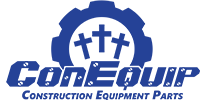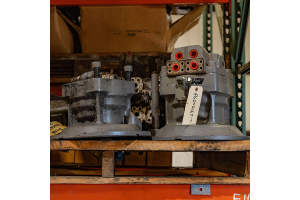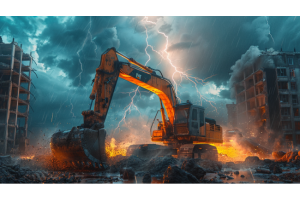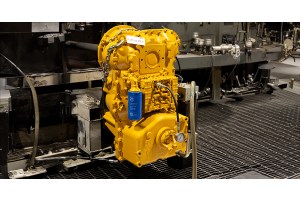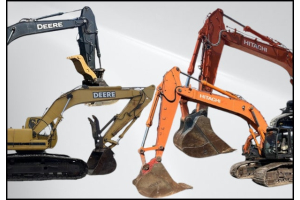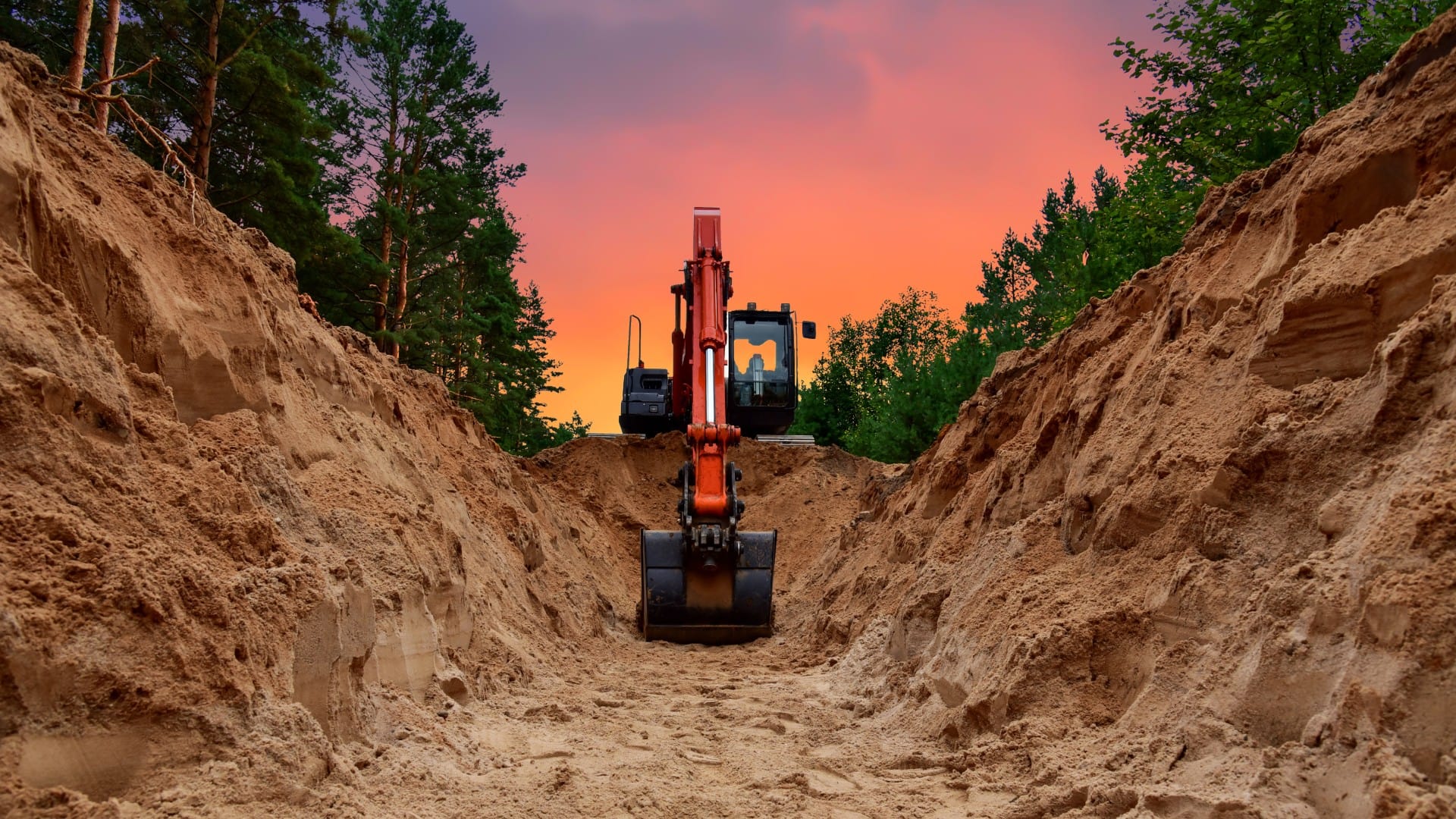
No one can ever be too safe on a worksite. As heavy construction equipment continues to evolve, in many cases becoming bigger and more powerful, there is an increasing need to implement new technology to help keep workers safe.
One advancement that is aiding in safety is with sensors. Machine operators have more ways than ever to make sure their machine is clear of hazards and unsuspecting people on the ground. With the ever increasing number of machines that are now automated, having the ability to see problems before they become a liability is even more important.
One company, GPR Inc., has developed ground positioning radar (GPR) technology to aid with assisted driving and autonomous capabilities in a variety of vehicles and equipment. Unlike GPS, GPR’s technology captures subsurface data. This data can then be used to enhance a vehicle or machine’s capabilities in various ways.
GPR officials say data is captured by ground penetrating radar and is completely different from forward-facing radar technology used today. Technology engineers say the radar is driven over the ground where it captures reflections and gathers information on aspects such as soil type and density, utility infrastructure, concrete and more.
GPR can tell a vehicle or machine where it is located within an inch, regardless of anything that might be happening on the surface over which the vehicle is traveling. This gives the operator consistent, reliable readings.
The GPR technology could also be used on construction equipment to help verify what might be underground before digging begins, ensuring there are no obstacles in the way.
Left turn assist helps the operators of farm equipment traveling down the road to warn the driver if a vehicle is attempting to pass. This helps avoid dangerous collisions if the operator is trying to turn left off the road.
The system is comprised of software, an in-house developed radar sensor and electronic control unit (ECU) which detect and communicate to the machine when an object may be in its path. The Continental developed radar sensor is mounted on the left-hand mirror of the machine to provide visibility along the left side of the machine and behind it.


